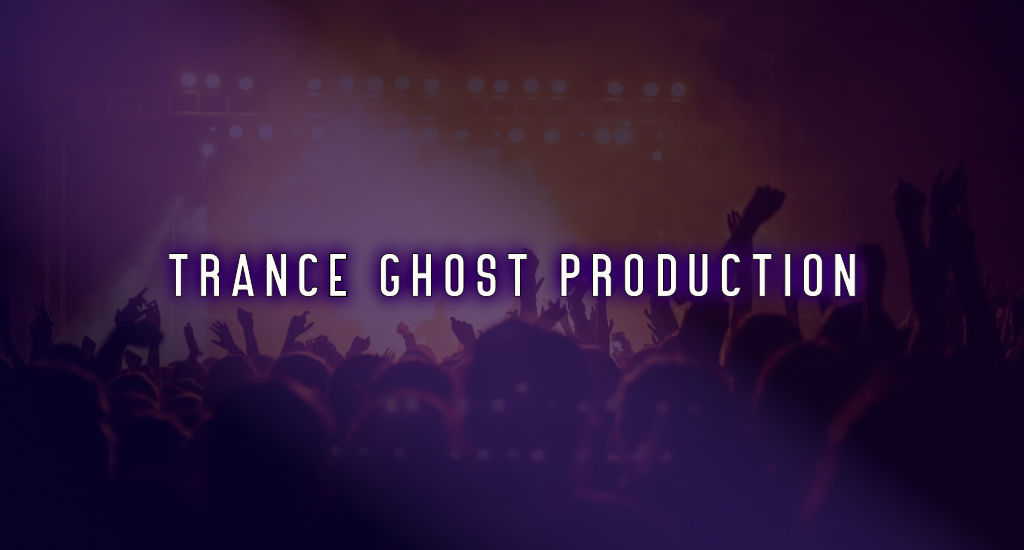
Trance Ghost Production
Trance Ghost Production Genre
Trance is a genre of electronic dance music that emerged from the British new-age music scene and the early 1990s German techno and hardcore scenes.
Trance music is characterized by a tempo generally lying between 120–150 beats per minute (BPM), repeating melodic phrases and a musical form that distinctly builds tension and elements throughout a track often culminating in 1 to 2 “peaks” or “drops”.
Although trance is a genre of its own, it liberally incorporates influences from other musical styles such as techno, house, pop, chill-out, classical music, tech house, ambient and film music.
A trance is a state of hypnotism and heightened consciousness. This is portrayed in trance music by the mixing of layers with distinctly foreshadowed build-up and release. A common characteristic of trance music is a mid-song climax followed by a soft breakdown disposing of beats and percussion entirely, leaving the melody or atmospherics to stand alone for an extended period before gradually building up again.
Trance tracks are often lengthy to allow for such progression and commonly have sufficiently sparse opening and closing sections to facilitate mixing by DJs.
Trance is mostly instrumental, although vocals can be mixed in: typically they are performed by mezzo-soprano to soprano female soloists, mostly without a traditional verse/chorus structure. Structured vocal form in trance music forms the basis of the vocal trance subgenre, which has been described as “grand, soaring, and operatic” and “ethereal female leads floating amongst the synths”.
However, male singers, such as Jonathan Mendelsohn, are also featured.

Classic trance employs a 4/4 time signature, generally a tempo of 120 to 150 BPM, and 32 beat phrases and is somewhat faster than house music. A kick drum is usually placed on every downbeat and a regular open hi-hat is often placed on the upbeat.
Extra percussive elements are usually added, and major transitions, builds or climaxes are often foreshadowed by lengthy “snare rolls”—a quick succession of snare drum hits that build in velocity, frequency, and volume towards the end of a measure.
A Simple arpeggiated (Roland JP-8000) Supersaw waveform pattern with chorus and flanging (some professionals used Lexicon Hall programs without pre-delay).
A trancegate pattern at 141 bpm as it is heard on a software trancegate using a Roland JP-8000 with the supersaw waveform and minor EQ edits. The gated pattern gradually changes to demonstrate the various rhythms possible with a trance gate. Note that some trancegate patterns are off-beat.
Rapid arpeggios and minor keys are common features of Trance, the latter being almost universal. Trance tracks often use one central “hook”, or melody, which runs through almost the entire song, repeating at intervals anywhere between 2 beats and 32 bars, in addition to harmonies and motifs in different timbres from the central melody. Instruments are added or removed every 4, 8, 16, or 32 bars.
In the section before the breakdown, the lead motif is often introduced in a sliced up and simplified form, to give the audience a “taste” of what they will hear after the breakdown. Then later, the final climax is usually “a culmination of the first part of the track mixed with the main melodic reprise”.
As is the case with many dance music tracks, trance tracks are usually built with sparser intros (“mix-ins”) and outros (“mix-outs”) to enable DJs to blend them together immediately.
For further information about Trance Ghost Production music, click here and contact us.
